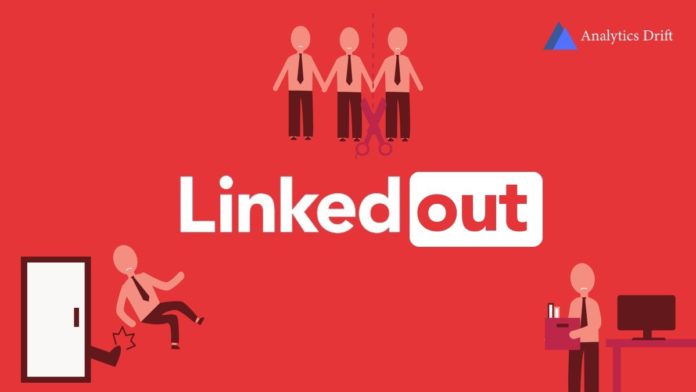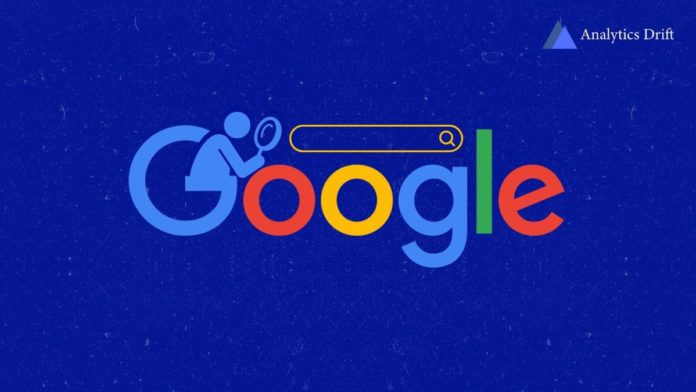In the rapidly changing and continuously developing world of cryptocurrencies, where technological advancements merge with financial transformation, Bitcoin emerges as the unquestioned leader. Serving as the trailblazer for blockchain technology, Bitcoin’s impact stretches far beyond its monetary worth, playing a pivotal role in shaping the fundamental principles of decentralized finance. This piece explores the reasons behind Bitcoin’s unparalleled standing within the realm of cryptocurrencies, chronicling its evolution from obscurity to prominence. Quantum Astral is an online trading platform that can ease up the crypto trading process. More Information on the official website and get started now!
The Genesis of Bitcoin: A Revolutionary Idea
The Birth of a Vision
In 2008, an enigmatic figure using the pseudonym Satoshi Nakamoto introduced Bitcoin as a whitepaper titled “Bitcoin: A Peer-to-Peer Electronic Cash System.” This groundbreaking document unveiled the concept of a decentralized digital currency, free from traditional financial institutions’ control. The introduction of a cryptographic proof-of-work system laid the groundwork for a secure and transparent transaction network.
Blockchain: The Cornerstone of Bitcoin
At the heart of Bitcoin lies the revolutionary blockchain technology. A decentralized and immutable ledger, the blockchain records every transaction made on the network. This innovation ensures transparency, security, and accountability, key features that differentiate Bitcoin from traditional fiat currencies. The decentralized nature of the blockchain prevents tampering and censorship, making Bitcoin transactions truly peer-to-peer.
Bitcoin’s Unrivaled Strengths
Scarce Supply: Digital Gold
One of Bitcoin’s most intriguing qualities is its limited supply. With a maximum supply capped at 21 million coins, scarcity is hardcoded into its protocol. This scarcity gives rise to comparisons with gold and has led to Bitcoin being dubbed “digital gold.” This perception has attracted institutional and retail investors alike, seeking a hedge against inflation and economic uncertainty.
Global Accessibility and Inclusion
Bitcoin’s decentralized nature transcends borders, offering financial inclusion to individuals who lack access to traditional banking services. As long as there’s an internet connection, anyone can participate in the Bitcoin network. This democratization of finance aligns with the cryptocurrency’s core philosophy, empowering individuals and challenging the existing financial order.
Censorship Resistance
Bitcoin transactions possess the quality of censorship resistance, indicating that they remain impervious to interference or annulment by external entities. This attribute holds special significance in areas where governing bodies might enforce monetary limitations or oversight. By endowing individuals with authority over their finances, Bitcoin serves as a protective measure against potential weaknesses in established financial frameworks.
Bitcoin’s Impact on the Financial Landscape
Mainstream Adoption and Institutional Investment
Over the years, Bitcoin has transitioned from the fringes of the internet to mainstream recognition. Major companies now accept Bitcoin as a form of payment, further legitimizing its use. Additionally, institutional investors, including hedge funds and publicly traded companies, have allocated portions of their portfolios to Bitcoin, recognizing its potential as a store of value.
Financial Sovereignty: Beyond Traditional Borders
The borderless characteristics of Bitcoin carry significant implications for people residing in nations with volatile economies or stringent financial regulations. This allows individuals to have a secure grasp of their financial assets, eliminating concerns of asset seizure or currency depreciation. This newfound economic autonomy has sparked a notable increase in its adoption, evident through the remarkable expansion of peer-to-peer Bitcoin trading platforms in these particular regions.
Challenges and Future Prospects
Scalability Concerns and Technological Evolution
Bitcoin’s success has not been without challenges. Scalability remains a prominent concern, as the network’s transaction throughput is limited. However, the development of layer-two solutions like the Lightning Network aims to address this limitation, enabling faster and cheaper transactions while alleviating network congestion.
Environmental Debate: Energy Consumption
Bitcoin’s energy usage has drawn criticism from experts who point to its proof-of-work consensus mechanism as a significant environmental burden. However, the cryptocurrency industry has taken these concerns seriously and is actively working to address them. There is a growing emphasis on adopting sustainable mining techniques and researching alternative consensus mechanisms, such as proof-of-stake, that have the potential to be more eco-friendly.
Conclusion: Bitcoin’s Unwavering Supremacy
In the dynamic world of cryptocurrencies, Bitcoin stands unrivaled, pioneering the blockchain revolution and redefining decentralized finance. From its genesis to mainstream adoption, its strengths, combined with its ongoing evolution to address challenges, solidify Bitcoin’s enduring dominance in the cryptocurrency arena.











